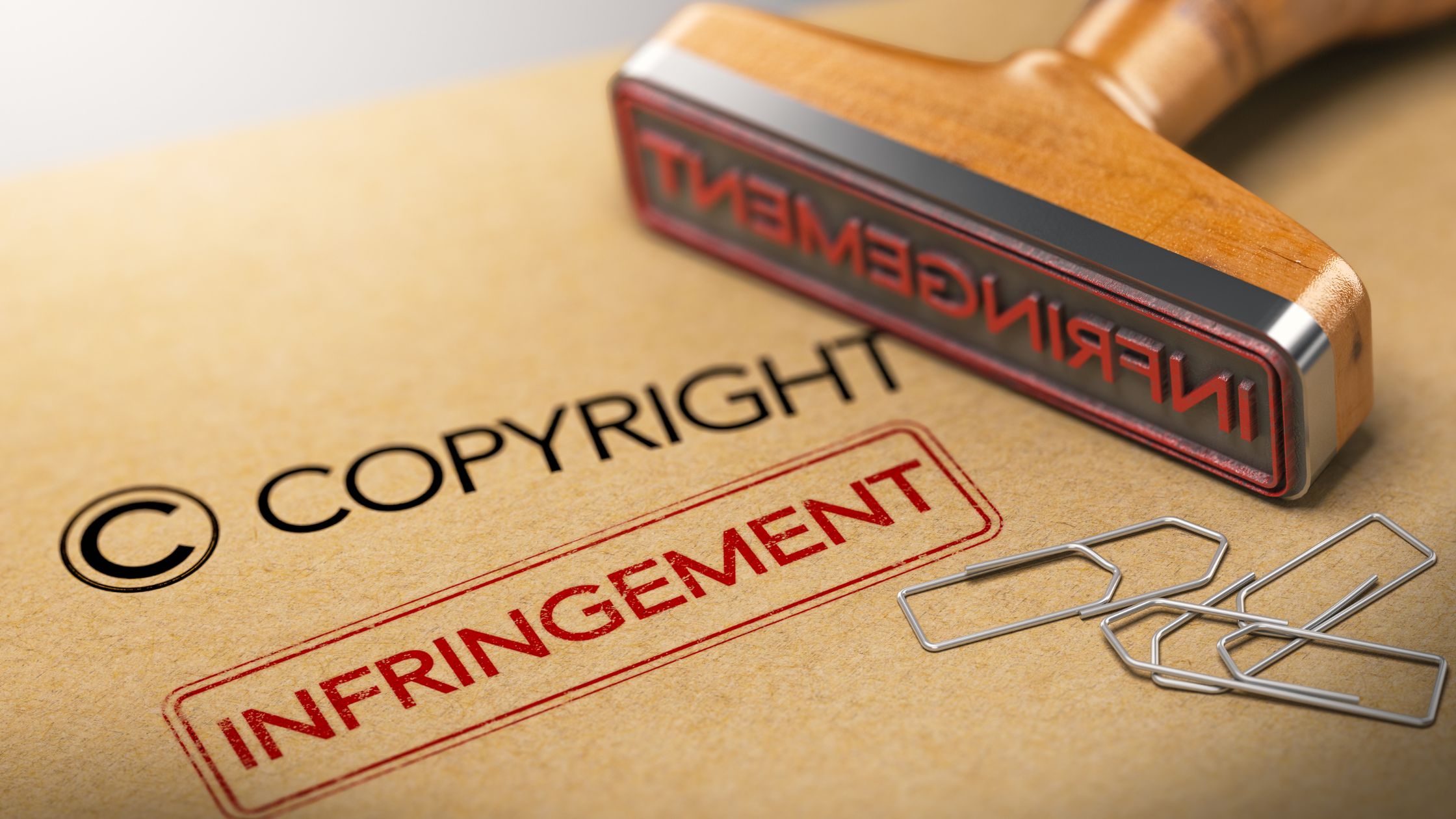Intellectual property is one of the most important aspects of any business. It is what protects your ideas and allows you to make money from them. However, it can also be a source of confusion for business owners, who may not be sure what is allowed and what is not. In this blog post, we will discuss some tips on how to avoid intellectual property infringement.
What is intellectual property infringement ?
Intellectual property infringement is the unauthorized use of another person’s creative work that has been registered with an official body, such as a copyright or patent. This type of violation can occur in many different forms, including illegally downloading music or videos without permission, copying someone else’s ideas and claiming them as your own, or producing counterfeit products.
How Can You Avoid Intellectual Property Infringement ?
1. Do your research: Make sure you understand the scope of intellectual property rights and laws before utilizing any copyrighted, trademarked or patented items. Keep a record of where you obtained information from and document who gave permission to use materials if needed.
2. Respect authorship: Give credit to the original creators of any material you use in your work, whether it’s literature, music, photos, or artwork. Always check for copyright restrictions on content before using it and make sure to get permission from the author if they require it.
3. Get a license: Obtain a license before using any copyrighted work. Licenses can help protect the creator’s rights while granting you the right to use the material in your own projects.
4. Use open-source materials: Seek out open source content whenever possible and take advantage of creative commons licenses which allow for free usage of certain pieces of intellectual property. While open-source materials do not always guarantee a free ride, they can be a great way to build up your work without fear of infringement.
5. Use caution when using third-party content: If you are going to use someone else’s material in your own projects, double check that it is safe and legal to do so before you begin. In some cases, this may require obtaining a license or written permission from the creator of the work.
By following these simple steps, you can ensure that your projects remain free of intellectual property infringement and protect yourself from legal repercussions. Remember to always seek permission when necessary and give credit where it is due!
How to determine if something is infringing on someone else’s IP
When it comes to intellectual property, you should always be aware of what is and isn’t allowed to be used. When in doubt, it’s best to err on the side of caution and not use someone else’s work without permission or a license agreement. The first step when trying to determine if something is infringing on someone else’s IP is to research if the content you are using has been copyrighted.
If it turns out that the content or material you’re attempting to use is copyright protected, then it’s important to determine whether or not you have permission from the owner of the IP because any unauthorized use of such a work would constitute infringement. To do this, you should look for a license agreement, which is an agreement between the user and the owner of the IP that outlines what can and cannot be done with it.
If no such agreement exists, then you’ll need to get written permission from the IP owner to use their work. This may require contacting them directly or submitting a request through a website or other platform. Additionally, you should also be aware of what constitutes fair use. Fair use is an exemption to copyright protection that allows for limited use of copyrighted material without requiring permission from the copyright holder.
By understanding how to determine if something is infringing on someone else’s IP and following these guidelines, you can help ensure that you avoid any intellectual property infringement. Doing so can save you time and money, as well as protecting yourself from potential legal repercussions.
What to do if you’re accused of infringing on someone else’s IP
If you’re accused of infringing on someone else’s intellectual property, the first step is to take it seriously. Generally speaking, copyright, trademark and patent infringement can have serious legal consequences. You may be required to stop using the material, pay damages and/or face other penalties.
It’s important to understand your rights before taking any action. Contact a qualified attorney to get an understanding of your legal options and the potential consequences. Depending on the facts of the case, you may be able to negotiate with the rights holder to come to some sort of agreement that allows you to continue using the material while avoiding any further infringement.
If there’s no way for both parties to reach a mutually beneficial agreement, you may be forced to stop using the material altogether. Make sure to document all communications with the rights holder and their attorneys so that you have a record of the conversation if things turn into a legal dispute.
Finally, it’s important to remember that intellectual property laws are complex and ever-changing. If you’re accused of infringing on someone else’s IP, take it seriously and contact an attorney to get a better understanding of your legal rights. This will help ensure that you don’t suffer any unnecessary penalties or damages.
By following these steps, you’ll be better equipped to protect yourself and avoid intellectual property infringement in the future. Good luck!

